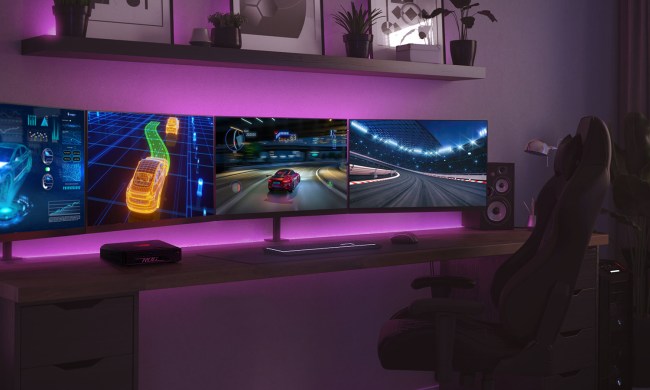The USB Implementers Forum — the organization that defines and promotes the USB standard — released a new revision for USB-C on Wednesday. USB-C revision 2.1 ups the power limit of the USB-C standard from 100 watts to 240 watts — enough for some gaming laptops.
USB-C has seen some changes over the last several years, but the standard has supported only 100W of power delivery since it released in 2014. It’s a convenient, popular choice for charging ports on Chromebooks and thin and light laptops, but beefier machines have required a proprietary power brick and connection. The updated standard will allow some gaming laptops to adopt USB-C for charging.
And 240W is the right number. The Razer Blade 15, one of the best gaming laptops, comes with a 230W power adapter, so swapping out the proprietary connection for USB-C makes sense. By contrast, the MacBook Pro M1 already uses a USB-C connection for charging through a 61W power brick.

All-in-one machines will likely get the USB-C treatment, too. The most recent iMac, for example, draws around 150W, and some older models nudge up toward 200W. Assuming Apple would ditch the proprietary magnetic connection it has on the iMac and Mac Mini, we could see USB-C delivering power to a full desktop.
Laptops will see the most noticeable boost, but revision 2.1 has implications for many peripherals. Large, power-hungry displays can now use USB-C, as can USB-C docking stations. Some laser printers may even be able to use USB-C (though, many still draw upwards of 500W).
The USB Implementers Forum says that all cables supporting the higher power delivery “shall be visibly identified with [extended power range] cable icons.” They’ll also need to be electronically marked to support the higher power draw, which the USB-IF requires for all USB-C cables.
These new extended power range (EPR) cables are backward compatible. So, EPR cables will work with standard power range (SPR) devices, but SPR cables will not work with EPR devices. Although USB-C can handle more power, EPR cables will still need to handle 50V at 5A, so the dream of plugging your gaming laptop into a random USB outlet is still a ways off.
USB-C EPR cables are not yet out, but we’re not far off. The USB Implementers Forum says that it expects devices supporting high-powered USB-C to launch by the second half of 2021.



